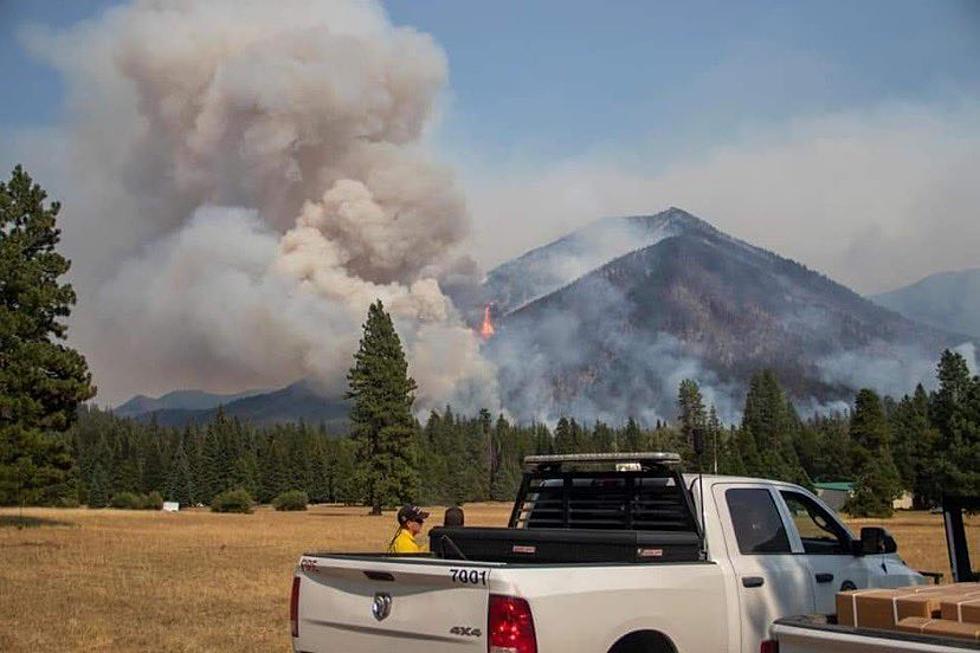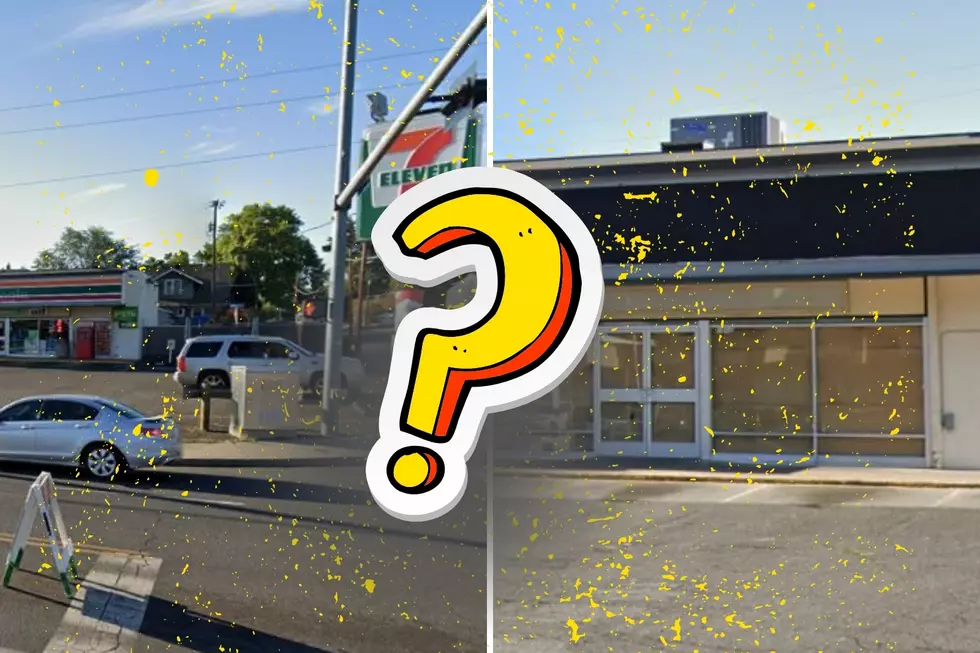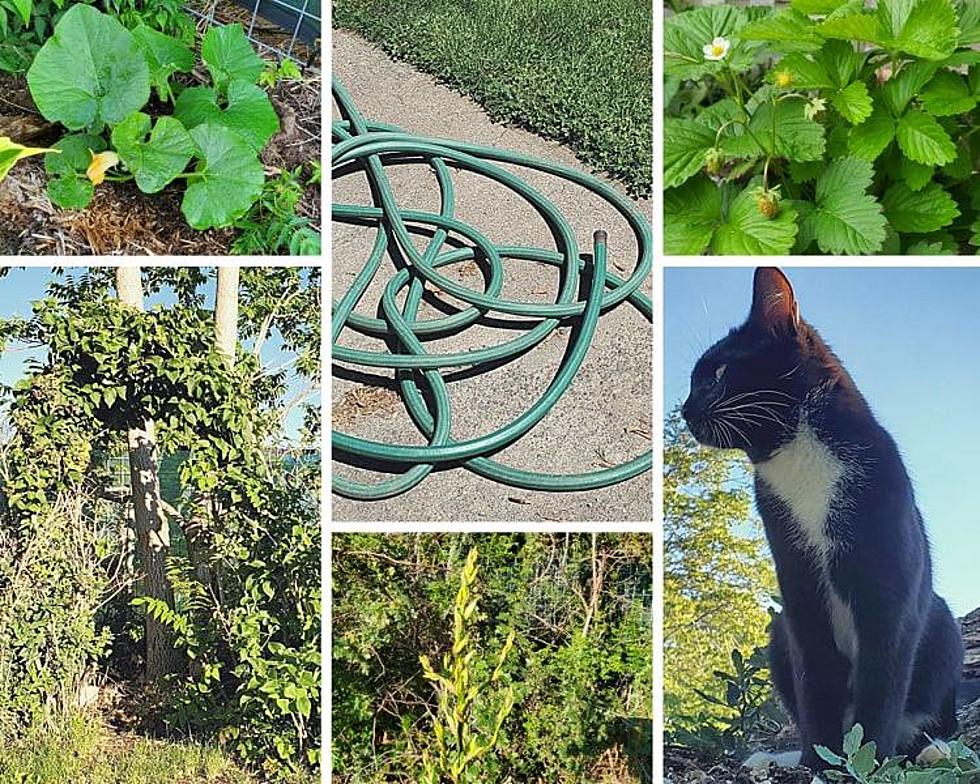
Fire a Big Concern in Washington This Holiday Weekend
Be careful with fire this upcoming Memorial Day Weekend. That's the message from the Washington State Commissioner of Public Lands Hilary Franz. She says even with one of the soggiest springs on record, Washington is still primed for wildfire season.
With areas of drought expanding throughout Washington, Franz, who leads the Washington State Department of Natural Resources, is asking everyone to make a concerted effort to help prevent fires this Memorial Day weekend.
Fire officials say they're preparing for a hot dry season ahead
“After a record wetting spring, we’re already starting to see signs of drying out,” Franz says. “This summer is still expected to be warmer and drier than normal, setting the stage for active fire danger.”
You'd think with all the recent cool, rainy weather the concern about fire wouldn't be as urgent but DNR is placing aircraft and equipment across the state in anticipation of an uptick in fire activity in the coming weeks despite current light fire activity.
Franz says early season rainfall has spurred vegetation that will quickly dry out and easily catch fire as this season warms especially in and around Yakima County and eastern and central Washington.
The prediction is for a mild wildfire season
What's the current fire forecast? State officials says currently indicators point towards an average fire season, depending on weather and trigger events such as dry lighting and wind. They say there is no significant fire potential predicted for May through June, which would be an improvement from last year’s early start to the season and record-setting number of DNR fires in April.
Some simple steps that can save lives, homes and landscapes include:
Douse your campfire with water before leaving it - if it’s still warm to the touch, it’s not safe to leave;
Never leave a burn pile unattended - have a hose ready should the fire escape the boundaries;
Never drag chains connecting a trailer to your car - the sparks can start a wildfire;
Target shooting into areas with dry grass is never a good idea - exploding targets are illegal on DNR-protected lands and should be used with extreme caution where allowed;
Watch the weather - windy conditions around a debris burn pile can cause nearby trees and grasses to catch fire and spread quickly; and
Play it safe - if you have any doubts about keeping a fire contained, whether it’s a campfire or burn pile, don’t light the fire.
LOOK: The most expensive weather and climate disasters in recent decades
TIPS: Here's how you can prepare for power outages
LOOK: The most expensive weather and climate disasters in recent decades
More From 107.3 KFFM










